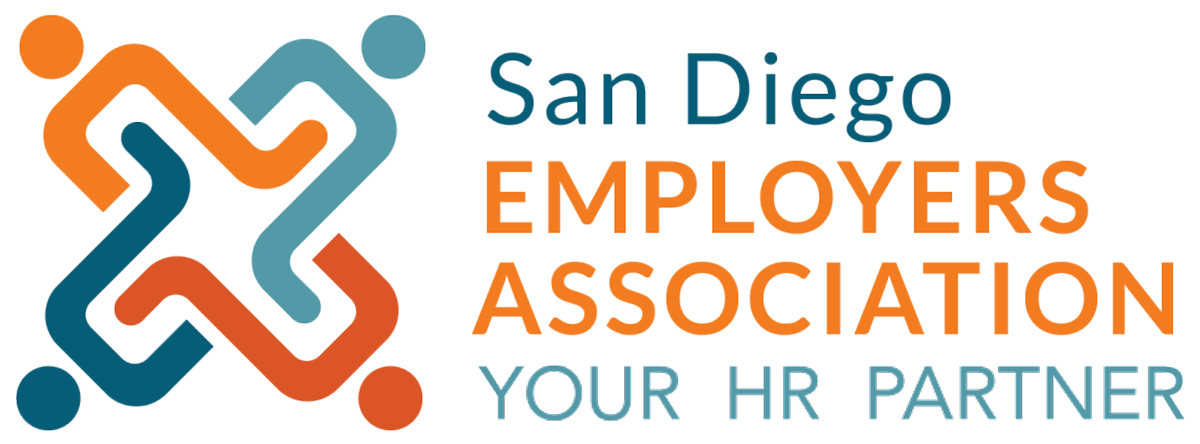By Jenny Kazan-Mills, SPHR
According to the Society of Human Resource Management (SHRM), over the last few years the EEOC has shifted its focus to investigate “systemic” discrimination issues in the work place. Systemic cases are specifically defined as a “pattern or practice, policy and/or class cases where the alleged discrimination has a broad impact on an industry, profession, company or geographic location.” As of December of 2013, 23% of all EEOC cases, which is a record high, are classified as systemic. In 2013, the EEOC initiated 300 systemic investigations, resulting in 63 settlements or conciliation agreements that recovered about $40 million.
Typically systemic claims occur when a single individual files a claim. An example would be if a female files a claim stating that she is paid less than male co-workers performing the same job. The EEOC then decides to review company-wide pay practices and requests company-wide data to determine if there is a wide spread issue. Additionally, government agencies now have the ability to share information to support the EEOC’s investigation.
According to the EEOC, systemic investigations are intended to:
- Eliminate barriers in the recruitment and selection process;
- Open up training opportunities for women and minorities;
- Promote women in non-traditional roles; and
- Reduce age and disability discrimination in all areas of the employment relationship.
Organizations can take preventive measures to reduce the likelihood of claims by:
- Carefully review policies and procedures to determine if any create barriers to employment;
- Ensure that there is a strong monitoring process to review employment decisions, particularly for large organizations; and
- Periodically conduct statistical analyses to determine inequities and take corrective action if necessary.
Source: “All Systems Go” from HR Magazine, April 2014




